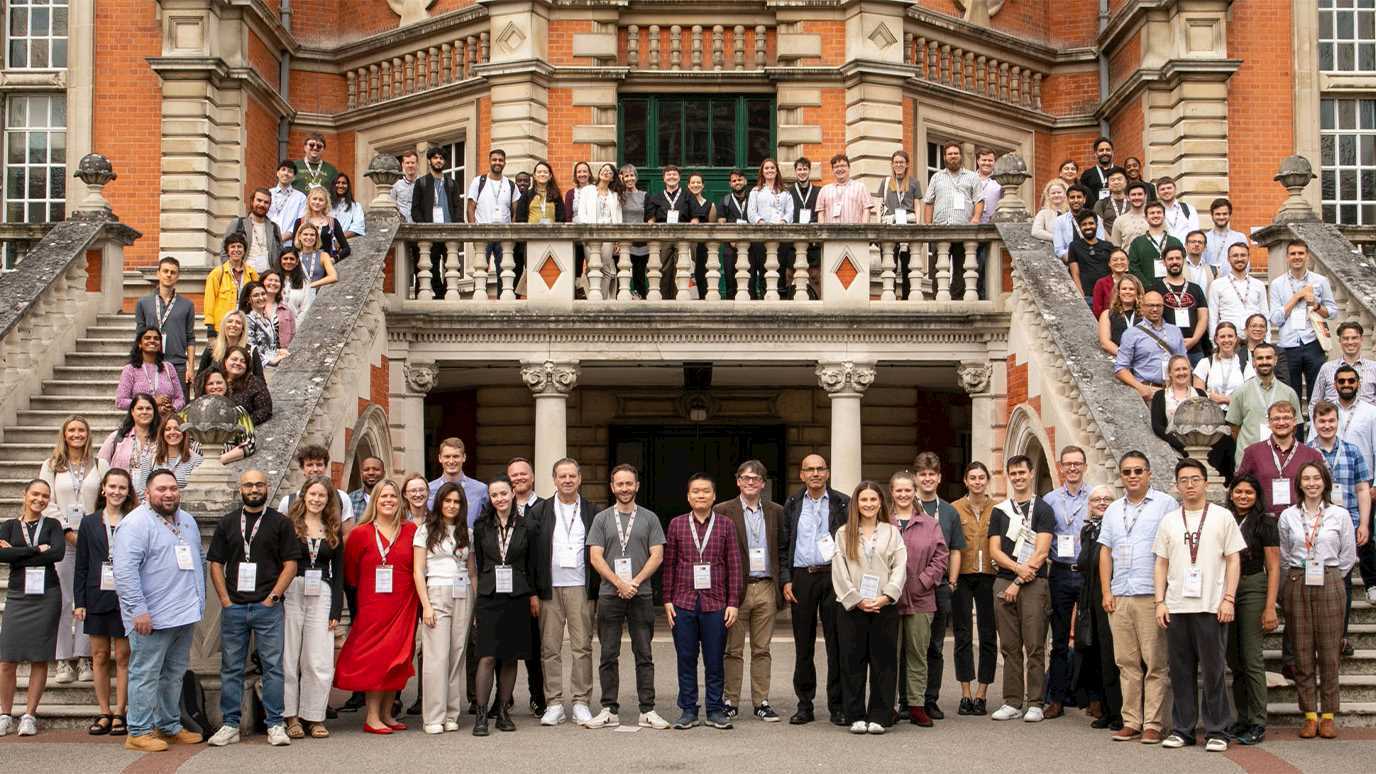Dr Diego Galeano, who recently completed his PhD in the Department of Computer Science at Royal Holloway, together with his supervisor Prof Alberto Paccanaro, have published their work in Nature Communications.

A central issue in drug development is the identification of the frequencies with which side effects will appear in the population. Currently, these frequencies can only be experimentally determined by pharmaceutical companies through clinical trials before a drug enters the market. Unfortunately, this process has several limitations and numerous side effects are only discovered after the drug is already on the market. For this reason, drug side effects remain a leading cause of illness and mortality in healthcare.
We have developed the first method for computationally predicting the frequencies of drug side effects in the population. Our machine learning algorithm, based on matrix decomposition, learns a small set of components (latent features) that encode the biological interplay between drugs and side effects. In our paper, we show the usefulness of our approach for drugs from multiple therapeutic classes (e.g. nervous system drugs) and side effects belonging to all physiological systems (e.g. psychiatric disorders)
A very important aspect of our machine learning model is that its predictions are explainable, and its individual components can be interpreted in terms of drug effects on specific physiological systems (e.g. cardiovascular or nervous systems). We also show that these components capture shared drug clinical activity, drug targets and anatomy/physiology of side effects. Thus, our model is informative of the biology underlying drug activity.
Dr Shantao Li and Prof Mark Gerstein from Yale University contributed to the evaluation of the biological relevance of the results and are also authors of the paper.
The journal: Nature Communications (Impact Factor > 12) is an open access, multidisciplinary journal dedicated to publishing high-quality research in all areas of the biological, health, physical, chemical and Earth sciences. Papers published by the journal aim to represent important advances of significance to specialists within each field.
























